Back in the day, tuning up your engine was as simple as adjusting a few screws on the carburetor. But with the developments in automotive technology, it’ll take more than a screwdriver to diagnose the problems in your vehicle.
Most vehicles nowadays are equipped with many different sensors that alert the powertrain control module (PCM) when they detect problems. These issues can range from a simple gas cap issue to more pressing problems like a potential internal engine failure.
These sensors also play an important role in optimizing your vehicle’s overall performance. They help the PCM adjust the fuel mixture and regulate ignition timing, among other things.
The Most Common Types of Car Sensors
As a driver, you must know what these sensors are and how they contribute to your vehicle’s performance. Here are some of the most common car sensors you should know about.
Oxygen Sensor
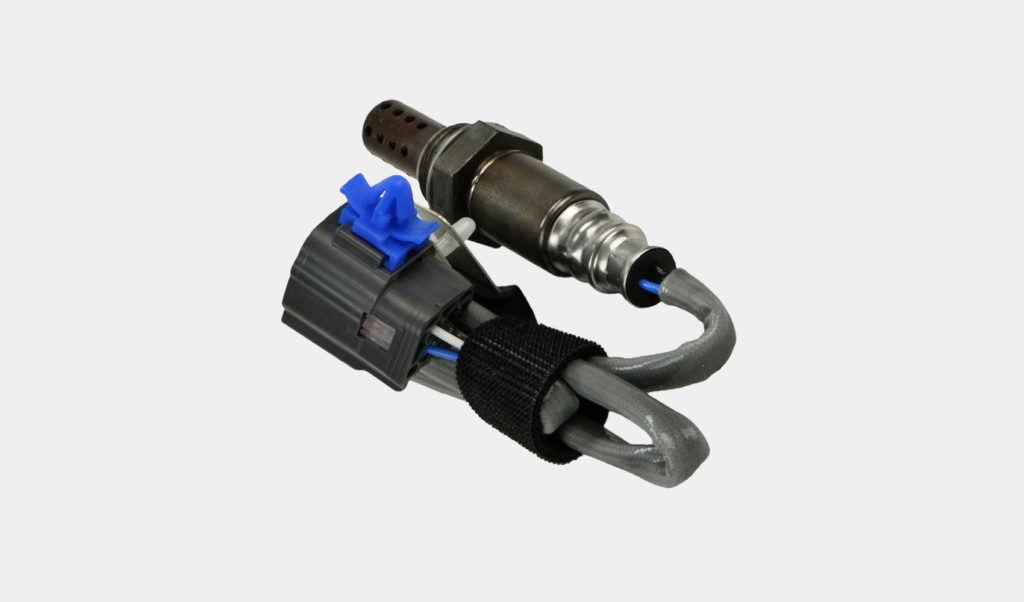
The oxygen (O2) sensor measures the exhaust’s oxygen content. It is typically installed in the exhaust manifold or positioned downstream from the manifold in the exhaust pipe. The O2 sensor is responsible for monitoring the oxygen levels in the exhaust stream and ambient air.
The O2 sensor also plays an important role in emissions control and calculating the right air-to-fuel mixture for efficient fuel combustion.
Crankshaft Position Sensor
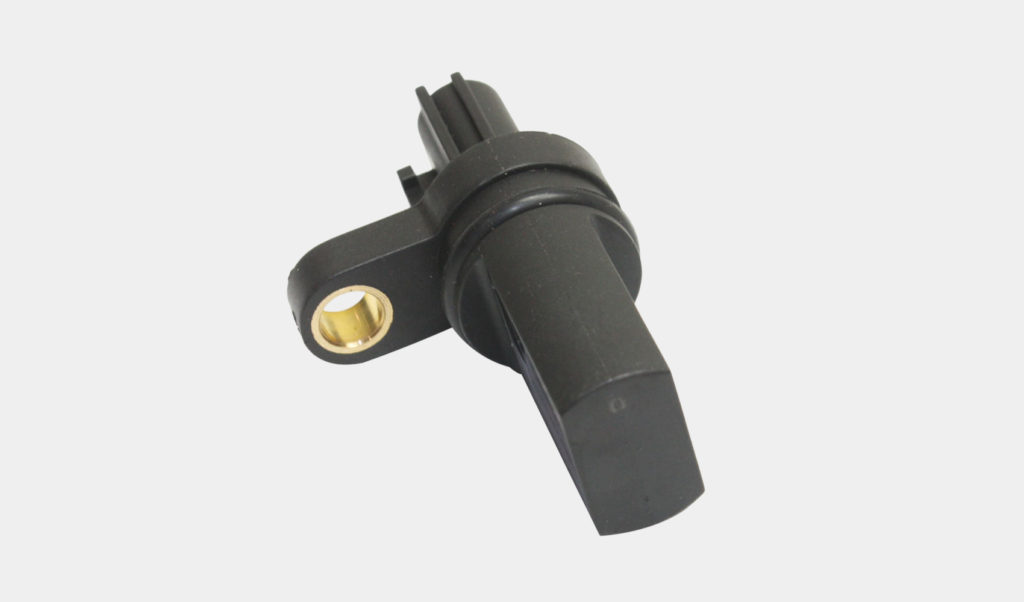
The crankshaft position sensor helps determine crankshaft position and engine speed (RPM). The sensor sends signals to the PCM, which uses the information to control ignition timing and (in some cases) fuel injector timing.
Mass Air Flow Sensor
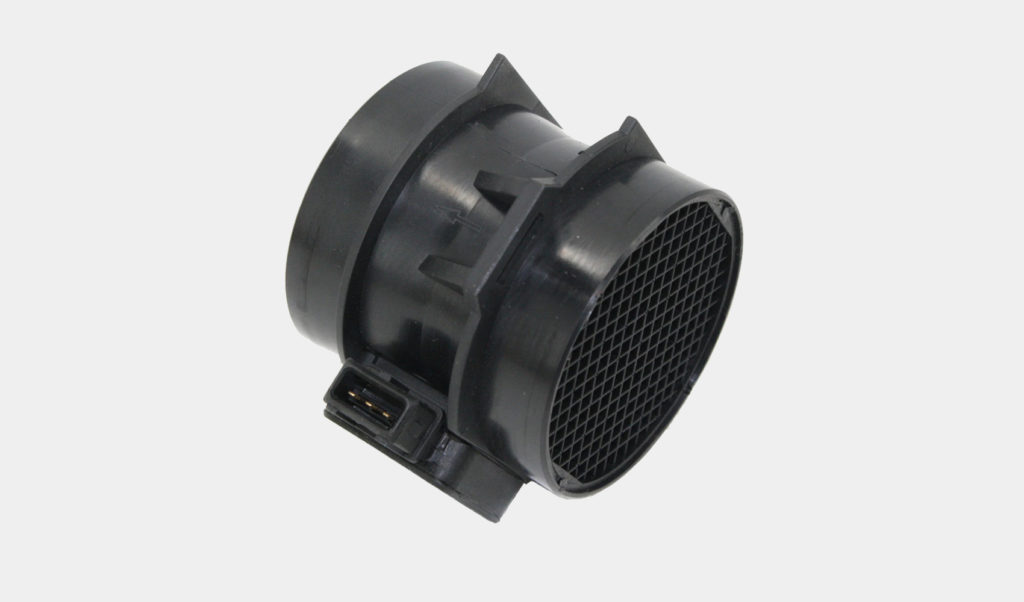
Mass air flow (MAF) sensors are typically used in electronic fuel injection systems. They calculate the amount of air volume delivered to the engine.
The PCM uses the MAF sensor for two main purposes: to determine the amount of fuel needed and base pulse-width numbers and calculate the fuel delivery needs of the engine based on throttle position and engine speed.
Manifold Absolute Pressure Sensor
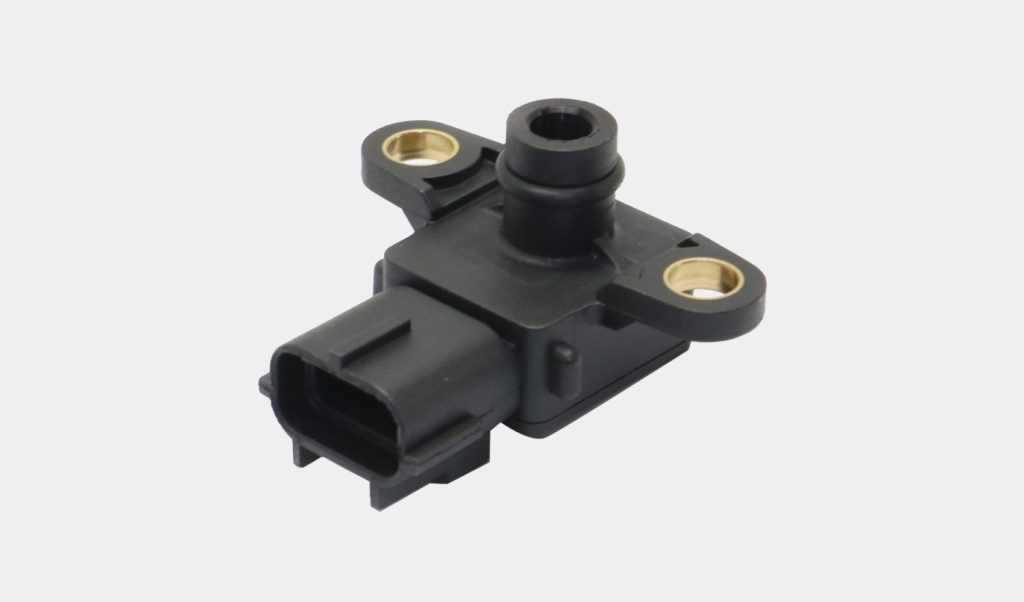
The manifold absolute pressure (MAP) sensor is used on a speed-density type fuel injection system to sense engine load. It has a ceramic or silicon wafer on one side that’s exposed to the intake manifold.
As the engine vacuum changes, the pressure difference on the wafer changes the output voltage or frequency of the MAP sensor. Engines equipped with a MAF sensor use a MAP sensor as a backup and for diagnosing other systems like exhaust gas recirculation (EGR).
Knock Sensor
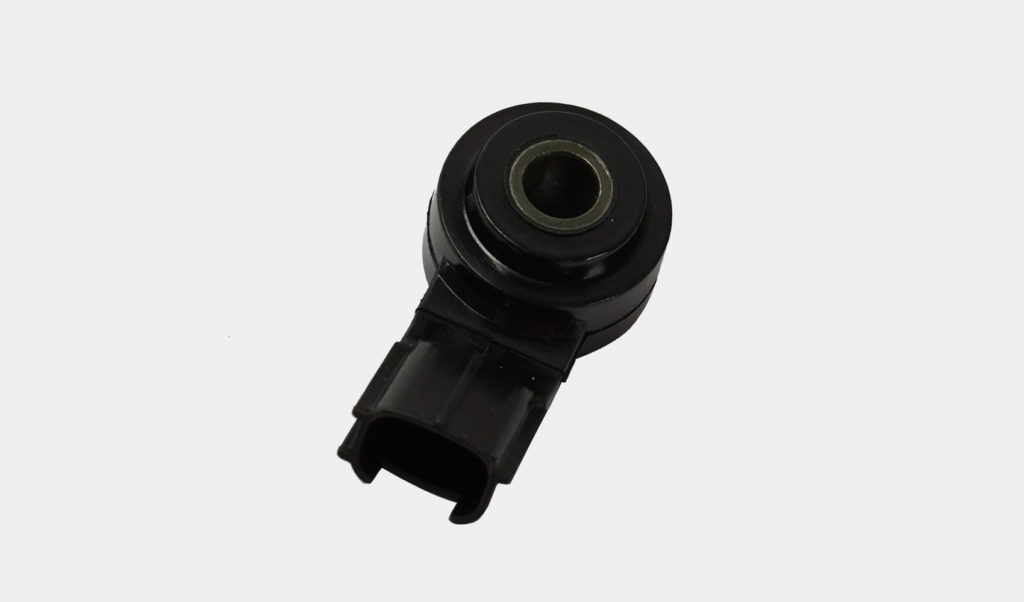
A knock sensor detects any signs of abnormal combustion, such as ping, spark knock, or detonation. Abnormal combustion creates a rapid pressure increase in the cylinder, resulting in a vibration in the engine block.
Once the knock sensor detects this vibration, it sends a signal to the PCM to retard the ignition timing until the knock is eliminated. This reduces the damaging effects of abnormal combustion on pistons and other engine parts.
Intake Air Temperature Sensor
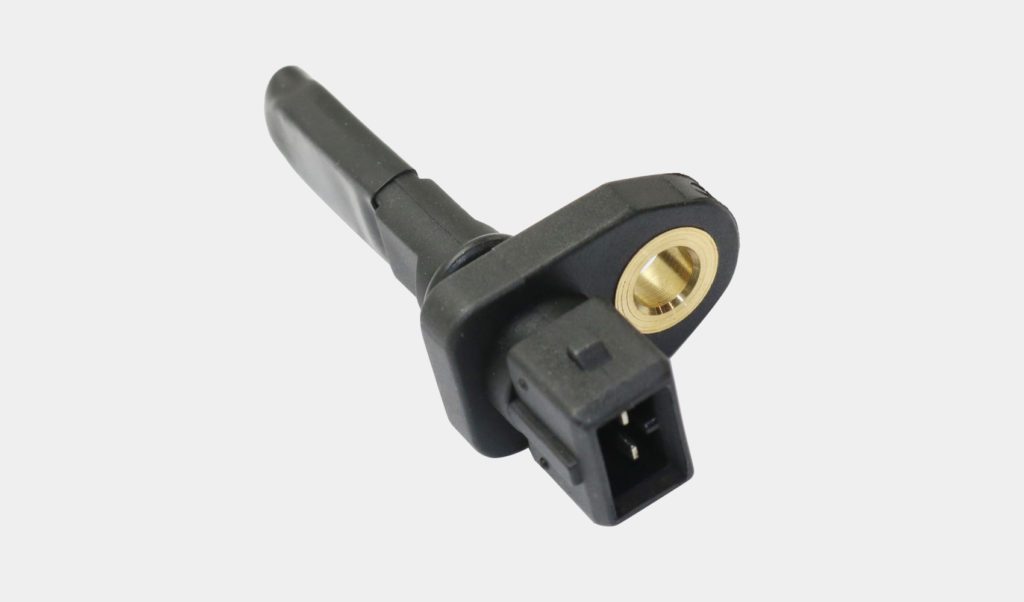
The intake air temperature (IAT) sensor is a negative temperature coefficient (NTC) thermistor that provides the PCM with temperature readings of the air that’s entering the engine.
This information is crucial for fuel control and spark timing. In some engines, a throttle-body temperature (TBT) sensor determines the air temperature entering the engine instead of an IAT sensor.
Throttle Position Sensor
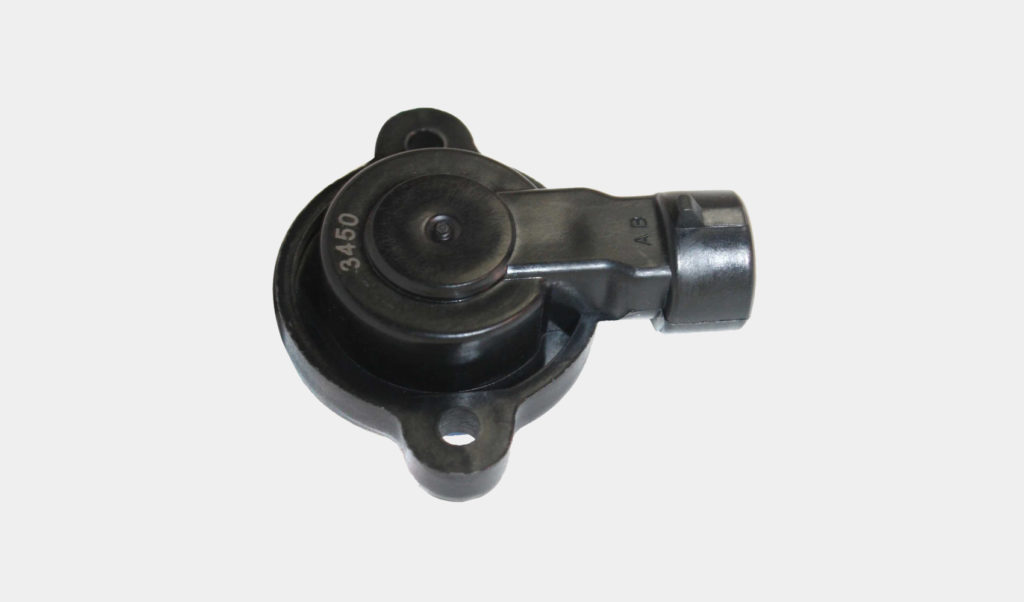
As you might have guessed, the throttle position (TP) sensor measures the position of the throttle blade. Older vehicles have just one TP sensor, whereas newer models with electronic throttle control (ECT) have two sensors as a fail-safe measure.
The PCM uses the TP sensor signal in a variety of ways. For example, the PCM uses the input from the sensor when calculating ignition timing, fuel delivery, and automatic transmission operation.
Engine Coolant Temperature Sensor
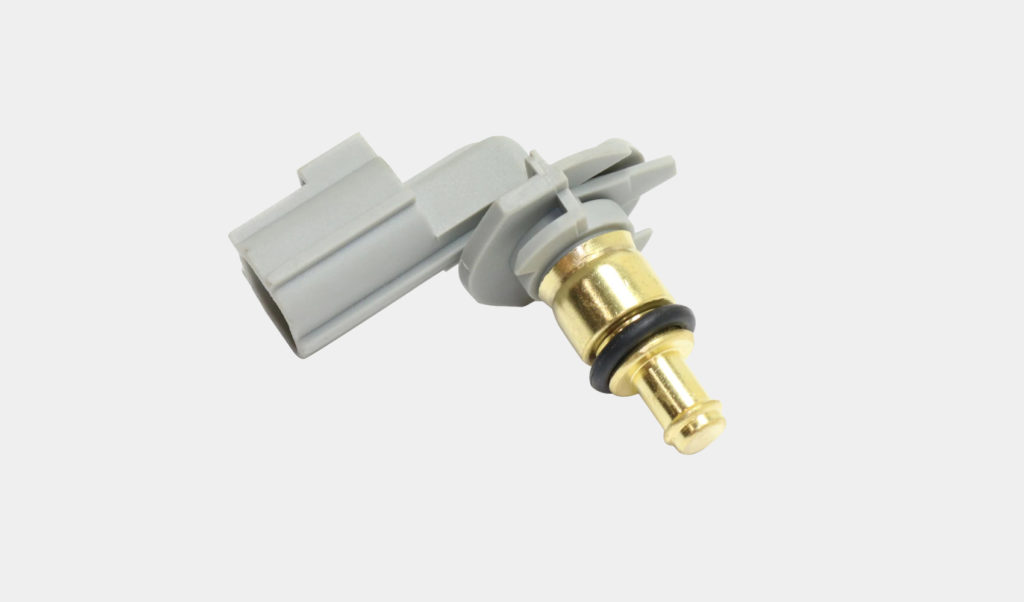
The engine coolant temperature (ECT) sensor informs the PCM of the current engine temperature. It is a high-authority sensor that lets the PCM adjust the spark timing and fuel mixture depending on the temperature of the engine.
The ECT sensor also provides critical input for parameters, such as O2 sensor closed-loop status, canister purge on/off times, and idle speed.
FAQs About Vehicle Sensors
Here are a couple of frequently asked questions (FAQs) about the different sensors in a car.
How Many Wheel Speed Sensors Do Cars Have?
Most vehicles are equipped with four-wheel speed sensors一one on each wheel.
Can You Drive a Car Without O2 Sensors?
Your car might run without a functional O2 sensor, but it’s likely that you’ll notice a couple of performance issues.

Without a working O2 sensor, the PCM won’t be able to calculate the appropriate air-to-fuel mixture, which can make your car stall, run rough, and run sluggish. Driving without an O2 sensor can also result in an overly rich fuel mixture and cause your vehicle to consume more fuel than usual.
It’s also important to note that removing your car’s O2 sensors is illegal because the O2 sensors monitor the efficiency of the catalytic converter, which is a primary emissions control device.
The Bottom Line
Each sensor plays a critical role in your vehicle’s operation, which is why it’s important to pay attention to the telltale signs that they have an issue. Aside from an illuminated check engine light, signs that indicate sensor problems include performance issues, poor fuel economy, and more.
Where to Get Car Sensor for Your Vehicle
Now that you know more about car sensors, it goes without saying that you shouldn’t put off replacing them if they malfunction or stop working. After all, various car systems rely on them for information crucial to the optimal performance of your vehicle. They could cause various problems that will not only require costly repairs but also make driving dangerous.
Luckily, CarParts.com has an array of high-quality car sensors for you to choose from. We’re confident with the quality of our aftermarket auto parts because we partnered with only the most trusted manufacturers in the industry. That means you’re sure to get sensors that work like your stock part.
Take advantage of our fast and reliable shipping. Place your order today, and get it in as fast as two business days, thanks to our strategically located warehouses across the country. If you’re on a budget, don’t worry. Our car sensors are available at competitive prices to give you the best value for your money.
Check out our catalog and shop for the car sensor you need today!
Any information provided on this Website is for informational purposes only and is not intended to replace consultation with a professional mechanic. The accuracy and timeliness of the information may change from the time of publication.






























